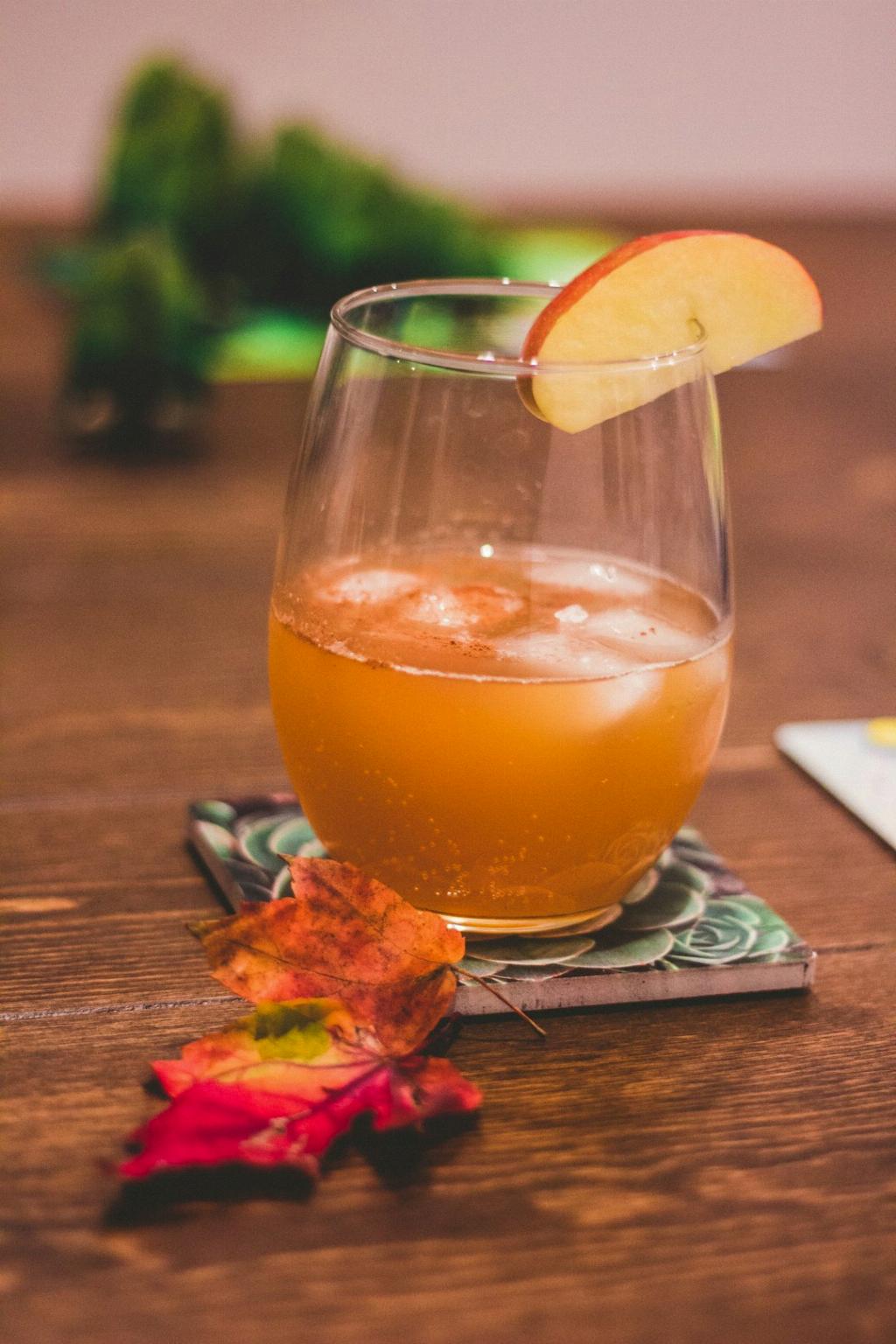If you find yourself dealing with a fruit fly infestation, you may be wondering if you can use red wine vinegar instead of apple cider vinegar as a solution. While apple cider vinegar is typically recommended for attracting and trapping fruit flies, red wine vinegar can also be used as an alternative. In this article, we will discuss the effectiveness of red wine vinegar for tackling those pesky fruit flies.
The Science Behind Vinegar’s Effectiveness on Fruit Flies
Fruit flies are attracted to the scent of fermenting fruits, making apple cider vinegar an ideal bait for trapping them. The strong aroma of apple cider vinegar mimics the smell of rotting fruits, which fruit flies find irresistible. However, red wine vinegar also possesses a similar smell and can be used as an alternative attractant for fruit flies.
Comparing Apple Cider Vinegar and Red Wine Vinegar
While both apple cider vinegar and red wine vinegar are effective in attracting fruit flies, there are a few key differences to consider. One major distinction is the cost. Red wine vinegar tends to be more expensive than apple cider vinegar due to its production process and the quality of ingredients used.
In terms of scent, red wine vinegar has a distinct fragrance that may differ slightly from the smell of apple cider vinegar. Some fruit fly species may respond better to one scent over the other, so it could be worth experimenting with both to determine which attracts the highest number of fruit flies in your specific situation.
Enhancing the Effectiveness of Red Wine Vinegar
To maximize the effectiveness of red wine vinegar as a fruit fly attractant, there are a few additional steps you can take. One method is to microwave the mixture of red wine vinegar and a small amount of dish soap for about 20 seconds. The heat will intensify the scent, making it even more enticing to fruit flies. The addition of dish soap helps to break the surface tension of the vinegar, causing the flies to sink and drown when they land in the mixture.
Placing the Vinegar Trap
Now that you have your red wine vinegar mixture prepared, it’s time to set up the trap. Place a small bowl or jar filled with the vinegar solution in an area where fruit flies are commonly seen. Make sure the rim of the container is wide and open enough for the fruit flies to easily enter. You can cover the top with plastic wrap and poke small holes in it to create a passage for the flies.
Monitoring and Emptying the Trap
Check the trap regularly, as fruit flies can quickly accumulate. Once the trap has captured a significant number of fruit flies, you may need to empty it and set up a fresh batch of red wine vinegar solution. Clean the container thoroughly before reusing it to ensure optimal effectiveness.
Other Fruit Fly Prevention Tips
While using red wine vinegar as a trap can help control fruit flies, it’s also important to address the root cause of the infestation. Here are a few additional tips:
1. Keep your kitchen clean and free of rotting fruits or vegetables.
2. Store fruits and vegetables in sealed containers or in the refrigerator.
3. Regularly take out the trash and keep garbage bins tightly closed.
4. Use fruit fly traps in combination with other preventive measures for best results.
Conclusion
In conclusion, while apple cider vinegar is the go-to choice for attracting fruit flies, red wine vinegar can be used as a viable alternative. Both types of vinegar work by emitting a scent that mimics rotting fruits, which attracts fruit flies. By following the steps outlined in this article, you can set up an effective trap using red wine vinegar and ultimately rid your space of those pesky fruit flies.

